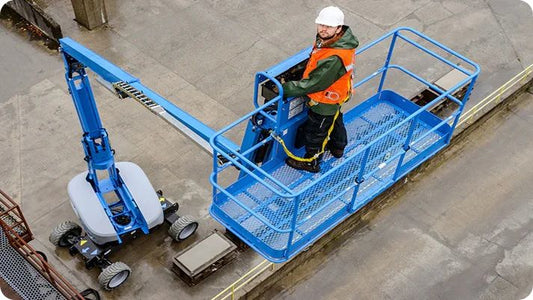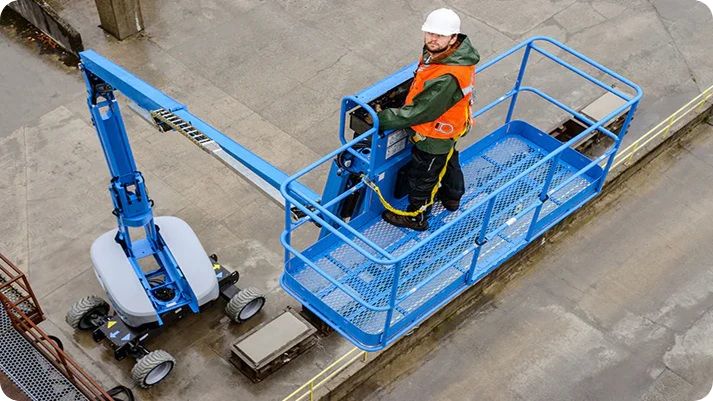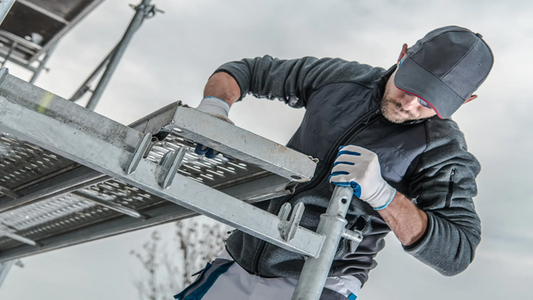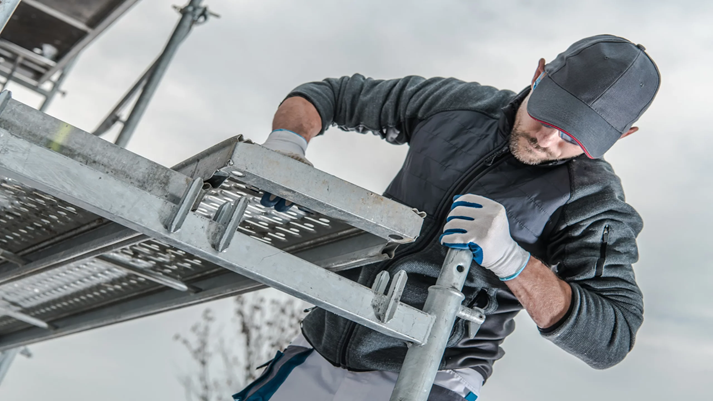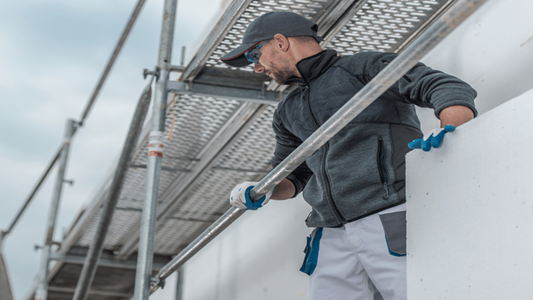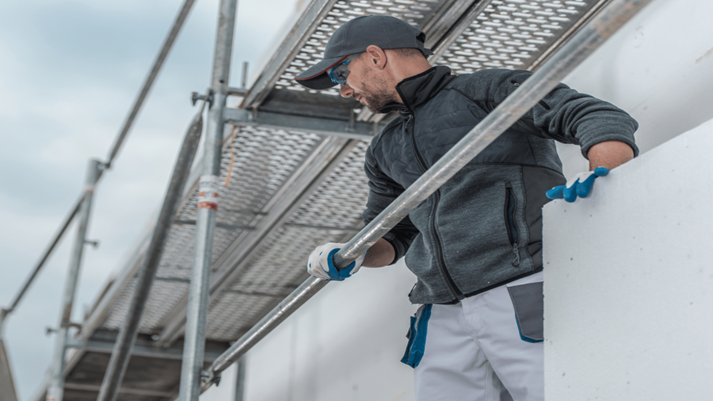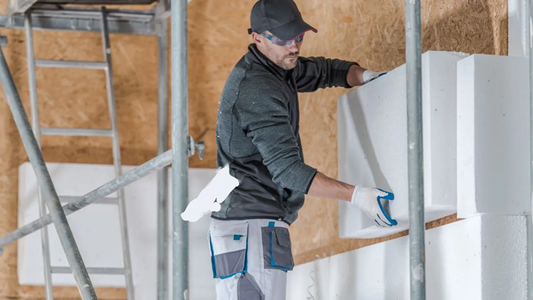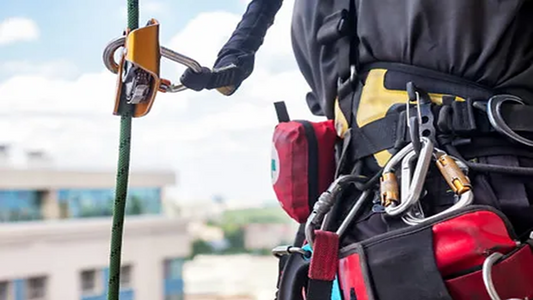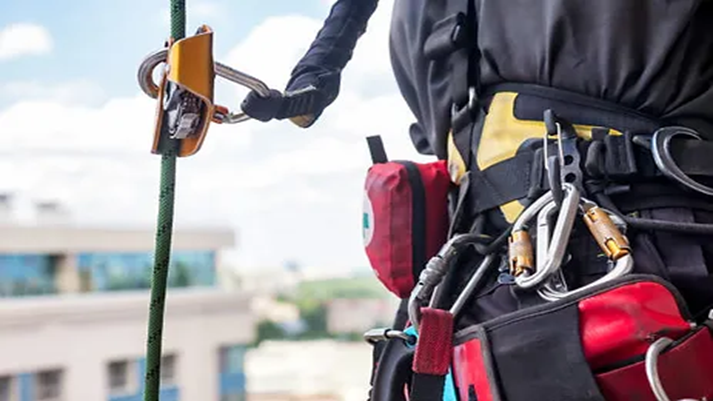A good safety culture is the foundation for a safe and efficient work environment on a construction site. It is not just about following rules and procedures, but about everyone – from management to each individual worker – taking active responsibility for their own safety and that of others. Here we explain how leadership and collective responsibility can strengthen safety and prevent accidents.
The role of management in safety culture
Management has a special responsibility to set the tone when it comes to safety. A clear commitment to safety at all levels sends clear signals that safety is not optional, but a priority:
-
Clear goals and expectations: Management must clearly communicate which safety requirements apply and what is expected of each individual.
-
Resources and training: Time and funds must be allocated for thorough training, including courses such as scaffolding courses 2-9 meters with fall protection , lift courses (personnel lifts) and work safety .
-
Open communication: An environment where employees feel safe to report hazards or errors without fear of retaliation.
- Follow-up and control: Regular evaluation of work routines and safety measures to ensure continuous improvement.
Collaborative responsibility – safety in community
Safety is not just the manager's responsibility. Collaborative follow-up and support are crucial:
- Be aware: Everyone should monitor each other's work and point out risky situations.
- Help and guidance: Experienced colleagues can support new or less experienced ones in the correct use of equipment and procedures.
- Collaboration on safety: A team where everyone takes responsibility for keeping each other safe reduces the chance of accidents.
Creating a lasting safety culture
- Involve employees in safety work: Let everyone provide input and experiences to find good solutions.
- Celebrate successes: Recognize good safety habits and initiatives to boost motivation.
- Learn from mistakes: Analyze accidents and near misses to prevent recurrences.
Why safety culture matters
Statistics show that many workplace accidents are caused by human error that could have been avoided with better communication and culture. A strong safety culture creates a safer workplace, reduces absenteeism, and increases productivity.
Would you like to learn more about how you can improve safety in your workplace? Check out our courses in scaffolding courses 2-9 meters with fall protection , work warning and hot work .




